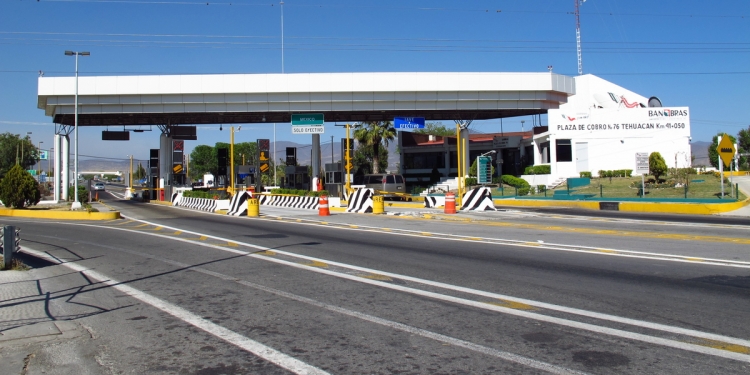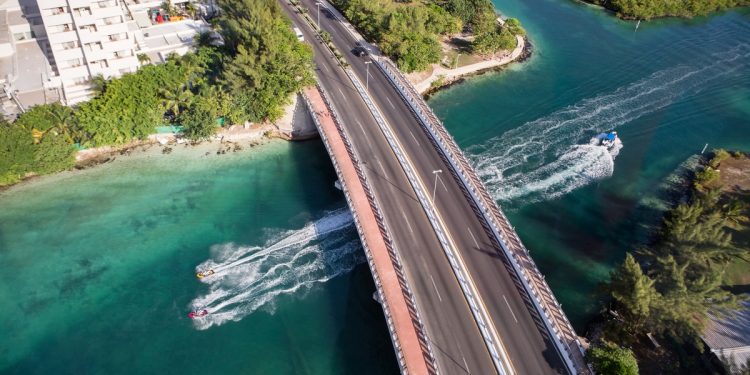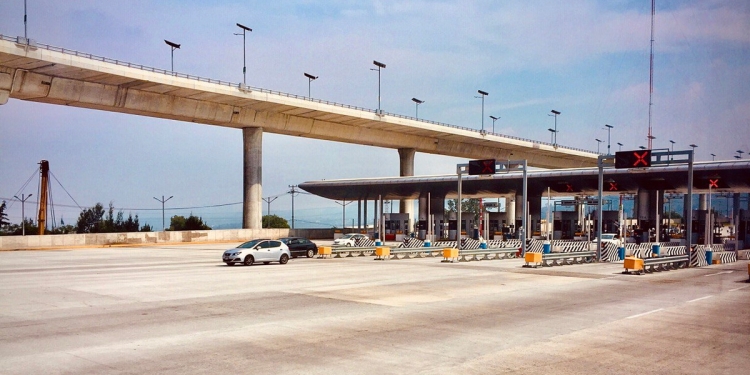When you’re taking a road trip in Mexico, you often have a choice about which road to take: the libre (freeway) or the autopista (toll road or highway). The choice you make can color your experience of travel in Mexico including the time it will take you to traverse your route, the scenery you’ll encounter, and your budget.
Driving on Mexico’s Freeways
Carreteras libres are typically local two-lane roads. They tend to be older and wander along the landscape through small towns and villages without sophisticated highway engineering. In rural areas especially, they are often marginally maintained, tend to be poorly marked, lack a shoulder (or have soft, unpaved shoulders) and they might also present driving challenges like potholes or farm animals wandering into the road. Then there is everyone’s favorite: topes—speed bumps, designed to control speed with bone-rattling effectiveness.
Although libres may sound like a challenge for the driver who is new to Mexico, you may eventually find a local libre that you like using simply because it is more scenic and interesting than a nearby autopista. You are going to find restaurants and fondas, shops of every flavor, old churches, schools, handcrafts, and tire repair shops. Everyday life in Mexico happens alongside the libres.
Autopistas – Mexico’s tolled highways
Across much of Mexico, the local freeways are shadowed by a system of super highways that are built and maintained under the auspice of CAPUFE (Caminos y Puentes Federales)—Mexico’s department of federal roads and bridges. These toll roads are typically either three lanes (one in either direction and a center lane reserved for passing in both directions) or four lanes with a median dividing each side.
Like many highways in the United States and Canada, autopistas are graded and straighter that free roads, they have safe shoulders, limited access and egress, and the signage is consistently clear and accurate. Autopistas offer periodic gas stations with restrooms and sometimes a coffee shop or mini-mart where travelers can seek passing refreshment.
If you travel any distance on an autopista, you will soon become familiar with the caseta or toll-booth. The tolls vary depending on the road and distance traveled, and if you are traveling long distances, the amounts can add-up so make sure you are traveling with adequate cash: ATMs are hard to find outside of urban areas, and not all casetas take bank cards. If you’re a frequent traveler on Mexico’s highways, you might consider purchasing an electronic ‘Tag-IAVE’ chip that’s affixed to your windscreen and deducts credit from your Tag-IAVE account balance or is linked to a credit card.
If you pay your toll in cash, you will be given a receipt, which you should keep for the duration of your journey. On the back of the receipt is the emergency number for CAPUFE.
Mechanical breakdowns on Mexico’s toll roads
If you have mechanical car trouble or see a hazard in the road, call the number and give them the nearest kilometer number; these are marked as small white signs like mile markers in the US. They may be able to send help in the form of “Angeles Verdes”—a roving fleet of repair and recovery trucks which operate on Mexico’s toll roads. Alternatively, you can call your insurance company if you have breakdown cover included, who will dispatch immediate assistance to you.
In Mexico tow-trucks are rarely used. Instead, the mechanic will come to you and if parts are required they don’t have, they will go and get them. You will need to pay the mechanic in cash. Of course, if you have travel assistance as part of your auto insurance coverage, they can send help for minor incidents like a broken fan belt, or even a major breakdown, no matter what kind of road you are on.
Dealing with accidents on a road trip
If you are involved in a car accident on a road trip in Mexico (whether it happens on a libre or autopista road), the first thing to do is to call your auto insurance company.
Here it’s worth noting that your US or Canadian auto insurance policy will not provide adequate cover in Mexico, and if you’re not properly insured you’ll face arrest, liability charges, and legal costs—which can be very serious if anyone is hurt and/or public property has been damaged by your vehicle. You can learn more about how to get adequate coverage for your road trip across Mexico.
To learn more about travelling on Autopistas in Mexico, connect to our guide about Toll Roads in Mexico; and to get acquainted with the nomenclature you’ll find on Mexico’s roads, read A Guide to Mexican Street Speak.
Mexperience is pleased to refer our readers to MexPro auto insurance, which offers comprehensive coverages valid in Mexico using English-language policies backed by a fully-licensed US insurance broker. Their insurances cover third party liability, provide legal assistance, and you can opt for medical and roadside assistance to be included.
Quote for Auto InsuranceLearn more about driving in Mexico
Mexperience offers articles with insights to help you prepare for your road trip and drive confidently in Mexico.







